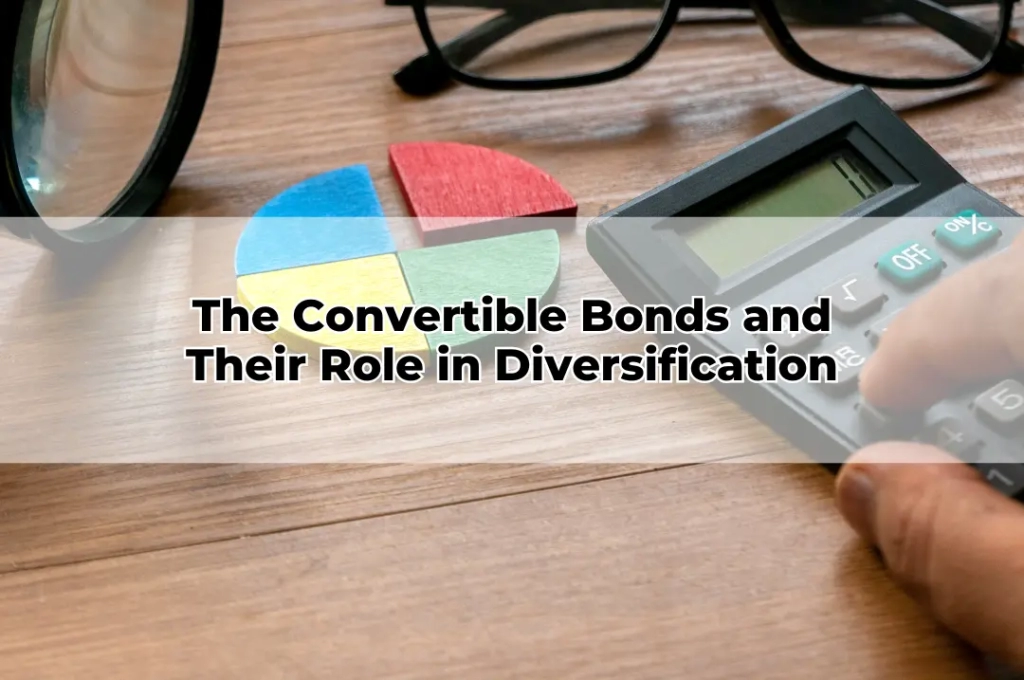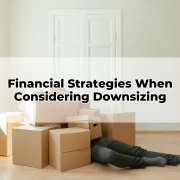The Convertible Bonds and Their Role in Diversification
Table of Contents
ToggleIn the ever-evolving financial landscape, investors constantly seek ways to balance risk and return. One often-overlooked instrument in portfolio construction is the convertible bond. These hybrid securities offer a unique blend of fixed-income stability and equity growth potential, making them a valuable tool for diversification.
What Are Convertible Bonds?
Convertible bonds are corporate bonds that provide the holder with the option to convert them into a predetermined number of shares of the issuing company’s stock. They combine the benefits of debt and equity, offering investors regular interest payments while also allowing participation in potential equity appreciation.
The Mechanics of Convertible Bonds
Unlike traditional bonds, convertibles possess an embedded option that allows conversion into shares. This feature influences their pricing, as they derive value both from their bond component and their equity-linked potential. Key factors affecting their valuation include conversion ratio, conversion price, and market conditions.
Advantages of Investing in Convertible Bonds
Convertible bonds offer a compelling investment proposition due to their dual characteristics. They provide downside protection through fixed-income payments while allowing upside exposure to stock price appreciation. Additionally, they tend to exhibit lower volatility compared to pure equities, making them attractive for risk-conscious investors.
Risks Associated with Convertible Bonds
Despite their benefits, convertible bonds are not without risks. Credit risk remains a concern, as these bonds are typically issued by companies with varying degrees of financial stability. Market risk also plays a role, as the value of convertibles fluctuates based on stock performance and broader economic conditions.
How Convertible Bonds Contribute to Portfolio Diversification
A well-diversified portfolio mitigates risk by including assets with differing return profiles. Convertible bonds serve this purpose by providing an intermediate risk-return profile between traditional bonds and equities. Their hybrid nature ensures that they respond differently to market fluctuations, thereby enhancing overall portfolio resilience.
Convertible Bonds vs. Traditional Bonds
Traditional bonds provide predictable income but lack growth potential. Convertibles, in contrast, offer the possibility of equity-like returns without fully sacrificing the stability of fixed-income securities. This distinction makes them particularly appealing in low-interest-rate environments where traditional bonds yield minimal returns.
Convertible Bonds vs. Equities
While equities offer unlimited upside, they also come with heightened volatility. Convertible bonds, however, strike a balance by delivering moderate participation in equity gains while still offering the safety net of periodic interest payments. This makes them a suitable option for conservative investors seeking measured exposure to the stock market.
Who Should Consider Investing in Convertible Bonds?
Convertible bonds appeal to a broad range of investors. Conservative investors may find them attractive due to their income component, while growth-focused investors may appreciate their equity conversion potential. They are particularly beneficial for those aiming to manage volatility while still seeking capital appreciation.
Tax Implications of Convertible Bonds
Tax treatment varies depending on how convertibles are structured and used within an investment portfolio. Interest payments are generally taxable as income, while capital gains tax applies upon conversion and subsequent sale of shares. Understanding these implications is crucial for optimising after-tax returns.
How Convertible Bonds Fit into Australian Financial Planning
For Australian investors, convertible bonds can be a strategic addition to diversified portfolios. They align with the principles of prudent financial planning by balancing income generation and capital growth. Engaging with a Toowoomba Financial Adviser or an Online Financial Adviser can help individuals determine the suitability of convertibles within their financial strategy.
The Role of a Financial Adviser in Selecting Convertible Bonds
Selecting the right convertible bonds requires expertise in credit analysis, market trends, and risk assessment. A financial adviser specialising in Financial Planning Toowoomba can evaluate an investor’s risk tolerance and goals to recommend appropriate convertible bond investments that enhance diversification and overall portfolio efficiency.
Conclusion
Convertible bonds present an intriguing investment option, offering the best of both fixed-income and equity worlds. Their ability to enhance diversification, manage risk, and provide growth opportunities makes them a valuable asset in any investment strategy. Seeking Retirement Financial Advice from a professional ensures that these securities are optimally integrated into one’s portfolio, leading to long-term financial stability and success.









